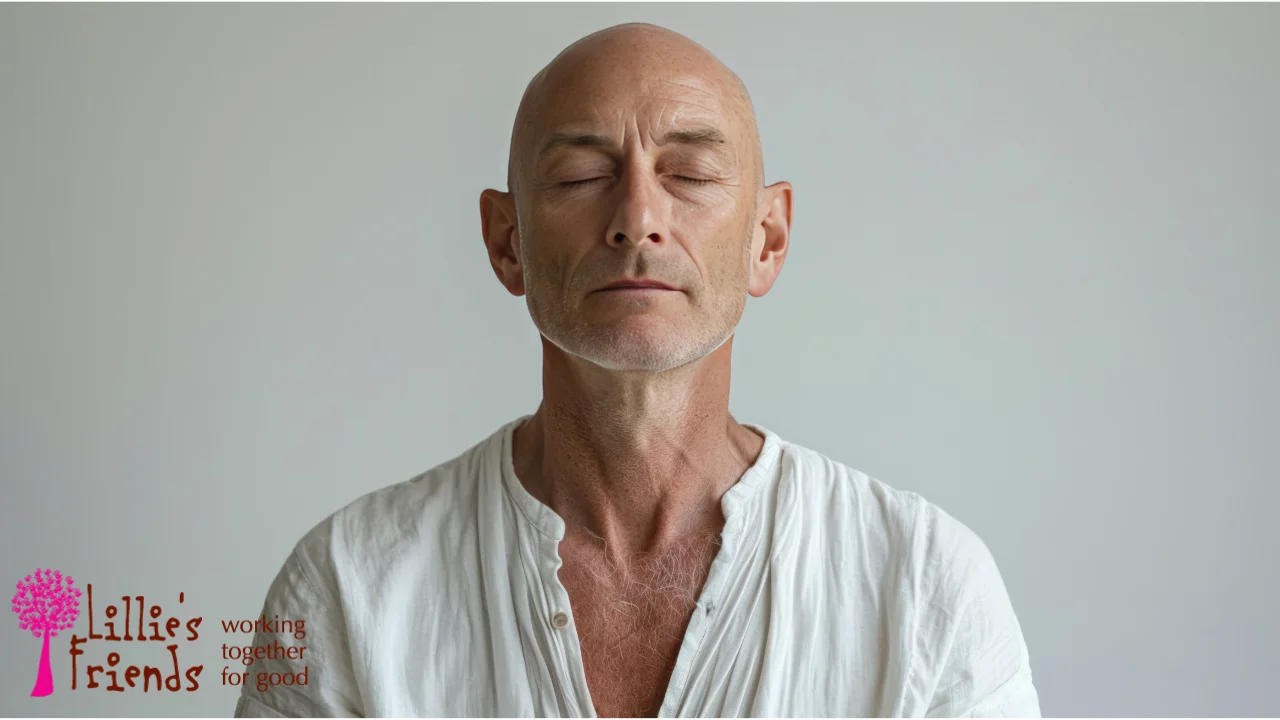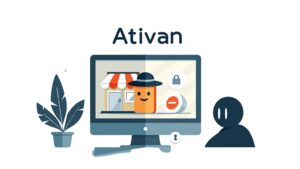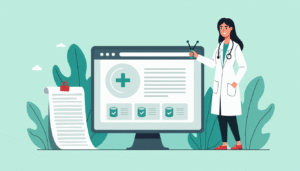People with ADHD often have rushing thoughts and unstable emotions, and these symptoms never seem to subside. While the multiple ideas may associate ADHD with creativity, they typically produce tension and worry, exacerbating the problems. Furthermore, the emotional rollercoaster causes feelings of loss of control, impulsivity, and irritation. Dealing with such unpredictability is physically and emotionally exhausting, even eroding one’s self-esteem.
However, you don’t have to endure the symptoms of ADHD forever. People with ADHD may choose from a variety of treatment choices, including medication and psychotherapy. Aside from these measures, you should learn how to help yourself. In this post, we will look at the most frequent calming treatments for ADHD symptoms such as agitation, restlessness, and impatience.

Deep breathing.
Deep breathing exercises may assist in cleansing the mind and soothing the body when done on a regular basis. Unlike regular breathing, which happens automatically, deep breathing as a soothing approach needs effort and concentration.
You will need to halt other tasks while doing these workouts. Take a deep inhale, hold it for about four seconds, and then gently exhale through your nose. To determine the rhythm of deep breathing relaxation exercises, consider that:
- You are breathing in a healing light that overflows beyond your lungs and into the body.
- You inhale the aroma of fresh roses and exhale gently, as if blowing out a candle.
- Your breaths mimic the ebbing and flowing of ocean waves.
Focusing on breathing patterns might help you adjust your thoughts and disrupt bad feelings[1*]. Furthermore, these workouts increase the production of endorphins, which improves your mood and general well-being. Pausing for about a minute to take deep breaths many times during the day can help you relax.
Meditation
Meditation is awareness training[2*]. This improves emotional self-regulation and may help you manage ADHD symptoms. Meditation decreases fear, wrath, and anxiety while increasing pleasant feelings like happiness. When using meditation as a relaxing exercise for ADHD, consider the following techniques:
- Grounding. When you first start meditating, you may find it difficult to concentrate because of your wandering ADHD thoughts. In such instances, attempt to connect with your physical world by going barefoot and feeling the ground or soaking your feet in water.
- Thoughtful observation. ADHD makes it difficult to concentrate, and your thoughts tend to jump about. Thought observation increases your awareness that such instability is unavoidable and signals that you are working to perfect the discipline.
Meditation allows you to shift your attention from outward pressures to your deepest feelings and thoughts, which may help you relax and relieve stress. It promotes mental clarity and inner tranquility. Make time to meditate, either before starting the day or late in the evening, to rejuvenate your soul.
Keeping Boundaries
You have a lot of energy and time to get things done in the morning. However, without prioritizing, you may find yourself fatigued and having accomplished very little by the end of the day. Keeping boundaries is a relaxing approach for ADHD that encourages you to prioritize some relationships or activities over others. Examine the most challenging tasks and devise strategies to reduce them. For example, restrict yourself to responding to professional emails or phone calls during office hours only. Maintaining limits gives you more time to rest and relax, which reduces ADHD-related stress and anxiety.
Journaling
People with ADHD may find it comforting to express their ideas via writing or sketching. As you write out your ideas, you let go of whatever you may have been holding back and relieve some of your tension. Thus, writing is crucial for allowing the mind and body to relax, particularly on stressful days. Whether it was a tough day at work or an unpleasant encounter in traffic, writing down or drawing your thoughts and feelings might help you relax.
Exercise
Physical exercise [3*] reduces stress by increasing serotonin and endorphin levels, which counteract cortisol, the stress hormone. Whether you go for a jog or swim, it will help you manage the emotional instability associated with ADHD. Consider taking multiple breaks during the day to participate in physical activity like push-ups or stretches, particularly on stressful days. It will help you release strain on your mind and other senses, allowing you to relax.
Conclusion
ADHD is often connected with a rollercoaster of emotions and never-ending thoughts. It may cause problems with procrastination, frustration, rage, and worry. People with ADHD typically struggle to maintain relationships or fulfill job deadlines, which causes stress. Calming activities for ADHD, such as breathing exercises, mindfulness, and setting boundaries, may help you live a more fulfilled life.
It should be noted that the activities listed above for individuals with ADHD are not intended to substitute medical therapy. Seeking a correct diagnosis and therapy, as well as joining a support group or online forum for persons with ADHD, may help you decrease stress and manage your symptoms more effectively.











